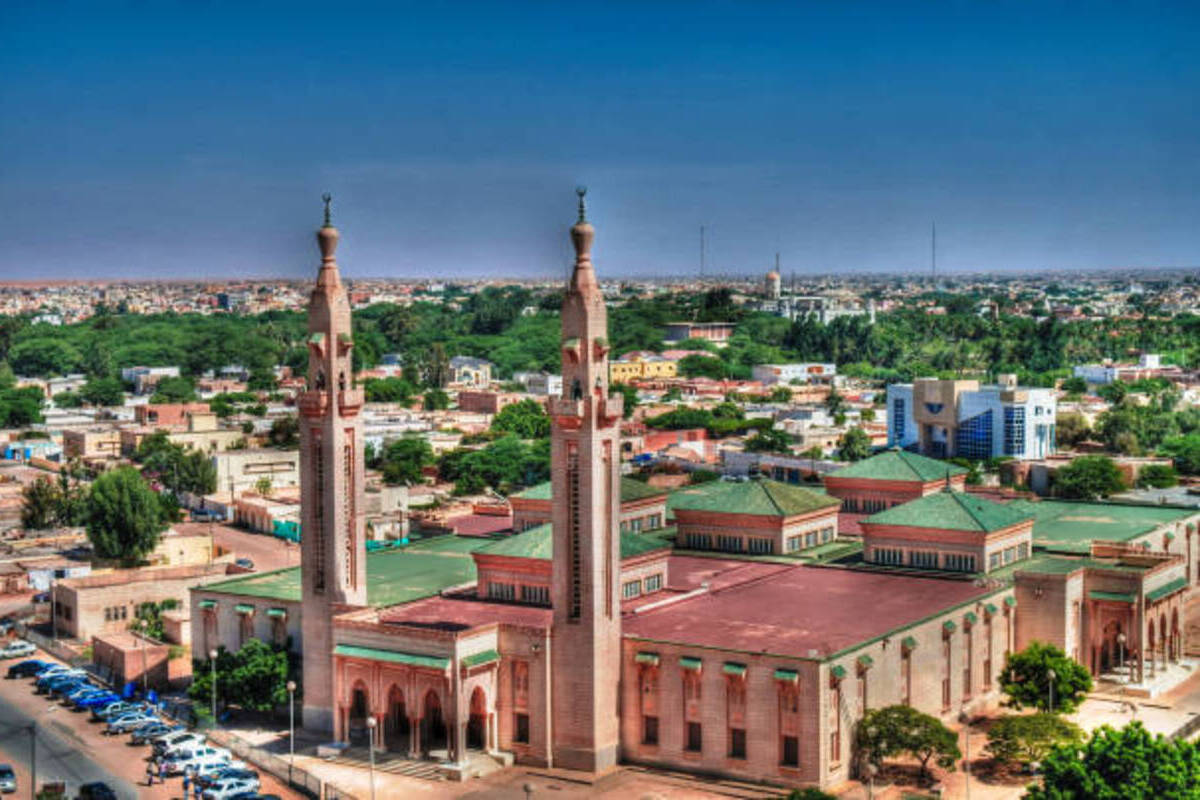Nouakchott is a city that many people would not be able to locate on a map, even though it is the capital of an entire country – Mauritania. Located on the Atlantic coast, it combines desert landscapes, Islamic culture, and rapid urban growth that evokes both admiration and concern. Over just a few decades, the city transformed from a small fishing village into a sprawling metropolis. This article presents interesting and educational facts about Nouakchott that you may not have known. Some of them reveal striking contrasts, while others highlight the unique aspects of life in the capital of the Sahara.
- Nouakchott was declared the capital of Mauritania in 1960 after the country gained independence from France, although it was previously just a small fishing settlement. At the time, only about 500 people lived there. The location was chosen strategically because its proximity to the ocean provided access to the outside world. Today, the population has surpassed one million.
- The name Nouakchott originates from the Berber language and roughly means place of the winds or where the winds blow. This is a fitting description of the city’s natural environment, as it frequently experiences sandstorms. Winds from the Sahara carry large amounts of dust, affecting residents’ health. These conditions also complicate construction and transportation.
- Despite being located right on the ocean, Nouakchott suffers from a serious shortage of fresh water. Most water is extracted from underground sources or transported from distant areas. Water supply issues are especially acute in poorer districts. In some neighborhoods, water is sold from tanks on the street.
- Nouakchott is one of the fastest-growing cities in Africa. Every year, thousands of people migrate there from the desert regions, fleeing drought, poverty, and the loss of grazing lands. This puts immense pressure on housing, roads, and social services. Many of the newcomers settle in informal communities on the outskirts of the city.
- The Ndiarigam district is home to Mauritania’s largest fishing port. Hundreds of wooden boats go out daily to fish in the Atlantic. Fishing is one of the main sources of income for local residents. A portion of the catch is exported to Europe.
- The architecture in Nouakchott is highly uneven. In the center, there are modern government buildings, mosques, and office towers. At the same time, many neighborhoods are built without planning or basic infrastructure. The contrast between the official and informal parts of the city is very noticeable.
- One of the city’s main religious landmarks is the Great Mosque of Nouakchott. It was built in an Islamic architectural style with a tall minaret and a spacious courtyard. It serves not only as a place of worship but also as a spiritual center for the city. On Fridays, thousands of people gather there to pray.
- Coastal erosion is a growing problem in Nouakchott. The Atlantic Ocean is gradually eating away at the shoreline, threatening low-lying residential areas. Plans for sea walls and reinforcements exist, but progress is slow. During stormy seasons, seawater sometimes reaches the edge of neighborhoods.
- The city lacks a centralized public transportation system. Residents rely on private taxis, minibuses, or walk long distances. Road traffic is chaotic, with few traffic lights and little signage. As a result, accidents and traffic jams are common.
- Nouakchott is Mauritania’s cultural hub, hosting annual festivals that celebrate music, poetry, and traditional crafts. One of the best-known events is the International Desert Music Festival. The festival features performances with traditional instruments and camel races. It plays an important role in preserving nomadic culture.
- The city is home to Mauritania’s main universities, including the University of Nouakchott. Thousands of students from across the country study there. Despite limited funding, the university plays a critical role in shaping the country’s educated class. Classes are conducted primarily in Arabic and French.
- In summer, temperatures in Nouakchott can reach as high as 45 degrees Celsius. Due to low humidity, the heat feels even more intense. Many homes lack air conditioning, making summer particularly difficult. Residents rely on traditional clothing and midday rest to cope with the heat.
- Sand is an unavoidable part of daily life in Nouakchott. It gets into homes, shops, and even car engines. Windows are often covered with fabric or mesh to block out the dust. Streets are frequently buried in sand and must be cleared manually.
- Authorities have proposed relocating some administrative functions to other regions to ease the burden on the capital. Efforts are also underway to modernize infrastructure and create new districts with better access to water and electricity. However, these plans require time and significant investment. Currently, a large portion of the population lives in poverty.
- Although Mauritania is predominantly a Muslim country, Nouakchott displays a degree of cultural diversity. Arabs, Berbers, and Black African communities all live in the city. Each group maintains its own languages, traditions, and culinary customs. This diversity gives Nouakchott a distinctive and vibrant character.
These fascinating facts about Nouakchott offer a new perspective on a city that might seem distant and unfamiliar. Beneath its exotic appearance lies the everyday reality of millions of people who face the challenges of desert life. At the same time, Nouakchott stands as a symbol of resilience, adaptation, and human ingenuity. Such incredible facts about the world’s cities help us better understand the rich diversity of our planet.





